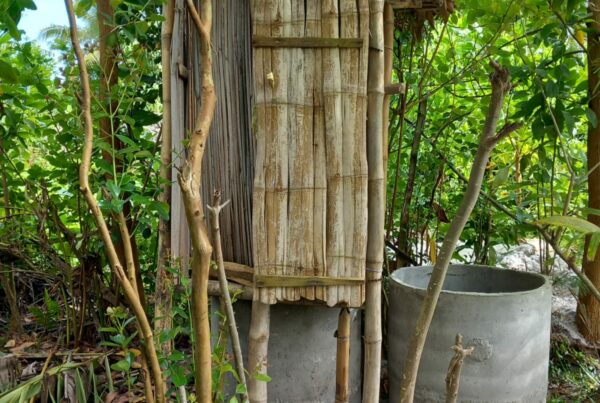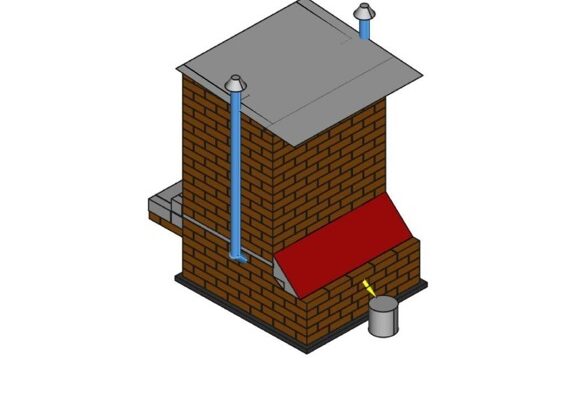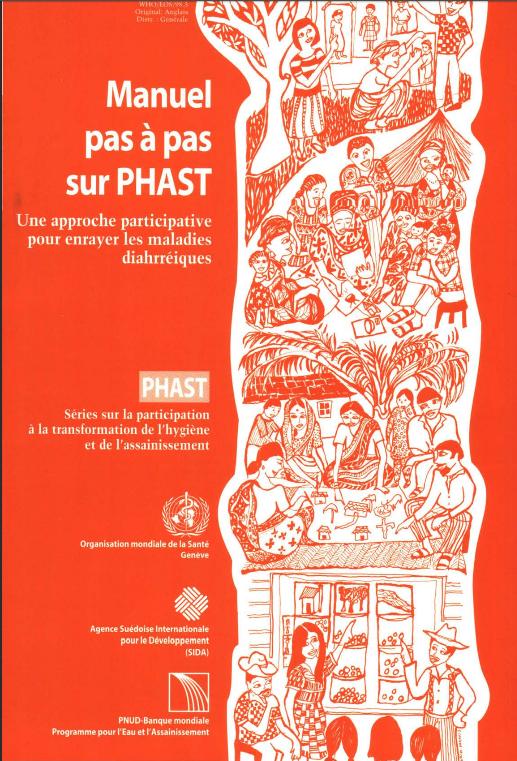Surveys were carried out in Malawi by Inter Aide in villages where latrine promotion activities had taken place between 3 and 6 years ago (compared to the year of the surveys: 2016). The aim was to observe whether latrine installation rates had changed since the end of the intervention, to understand what factors might have led people to abandon the use of a latrine, and to assess their condition.
This analysis was carried out by putting into perspective the different intervention methods used at the time. 1,072 families from 28 villages in two different districts were interviewed. This enables us to draw lessons for the future.
In summary:
- latrine installation rates are still good: over 80% of households are equipped,
- among the few families who did not have a latrine at the time of the survey, the main reason was the collapse of the previous latrine (in 60% of cases). So it’s not really a case of abandonment (most said they were using a neighbour’s latrine),
- The general condition of the latrines is quite satisfactory, and the surveys confirm that improved latrines (with concrete slabs and pit reinforcement with fired bricks) are more durable: whereas the majority of traditional latrines last only two or even three years, improved latrines can be used until the pit is full – around 6 years,
- 83% of the slabs are still in use – 32% on the initial latrine still in use / 51% have been moved and reused.
Document written by Mathieu Métois – February 2016, based on the work of Mirco Keller, Malawi Programme Manager 2014-2015 – Inter Aide.
A synthesis in French is available.




